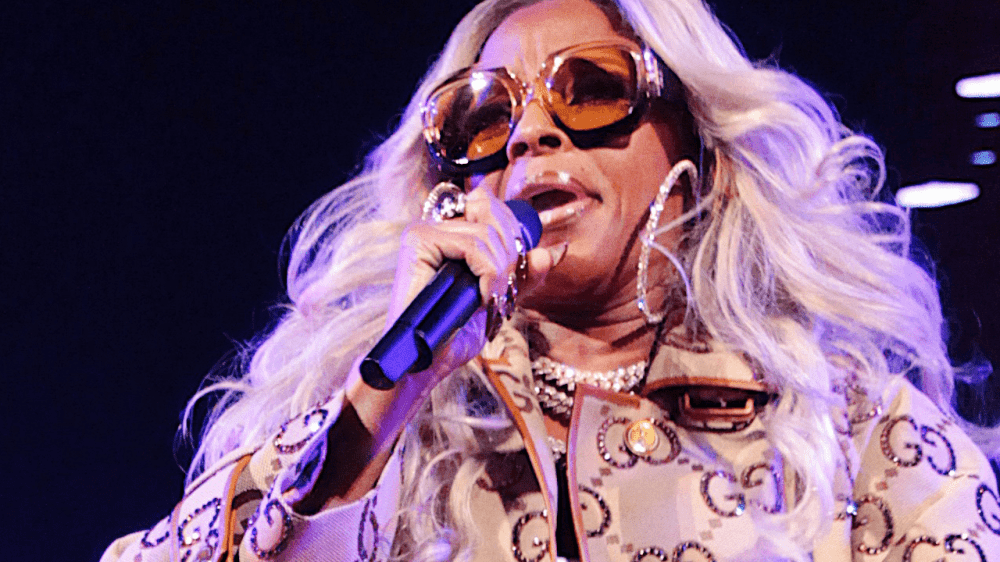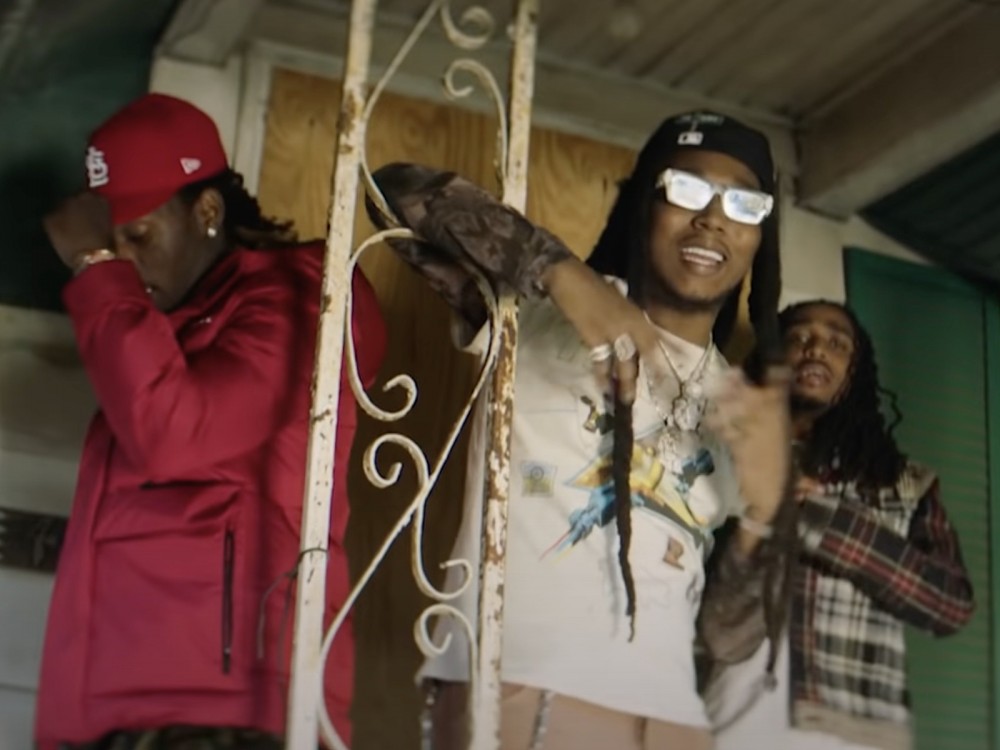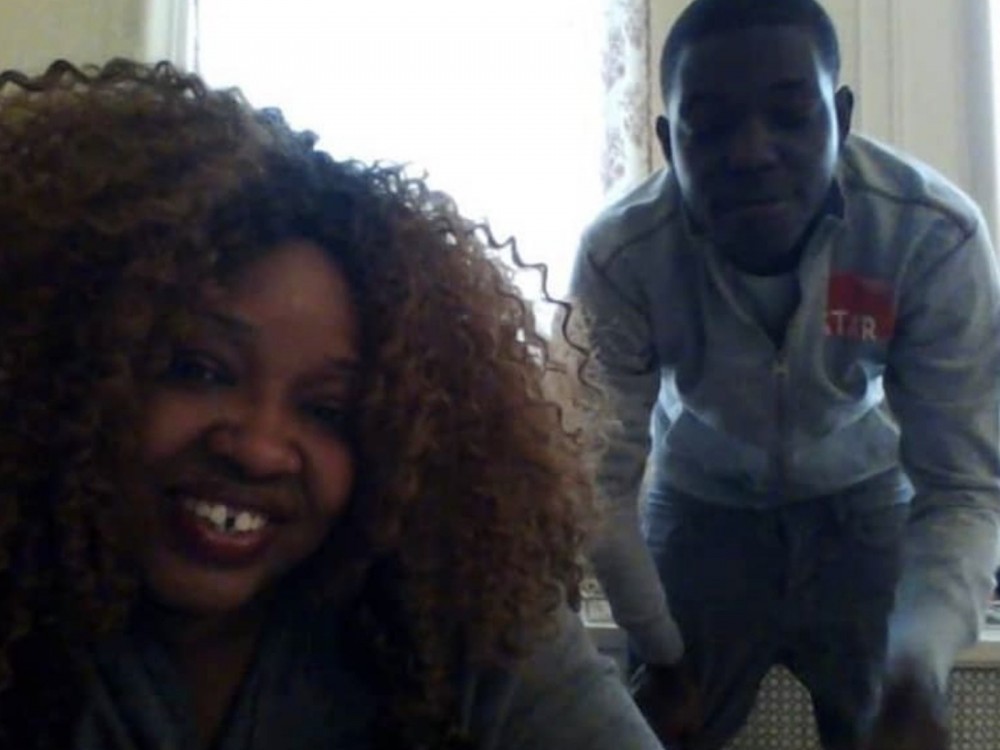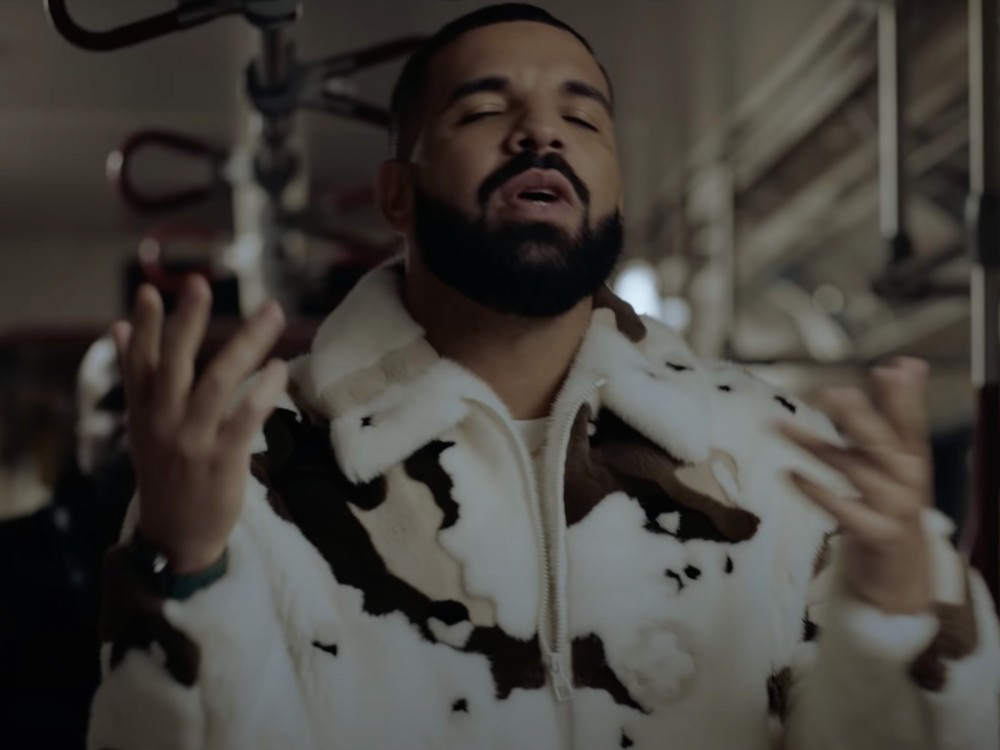Mary J. Blige performed at the Super Bowl Halftime Show this Sunday, alongside Kendrick Lamar, Dr. Dre, Snoop Dogg, 50 Cent, and Eminem. Though she didn’t get paid directly for her outstanding appearance, she leveraged the moment in front of over 160 million viewers and took home several bags for herself, and uplifted several black women-owned businesses in the process.

179 Views
Comments Off on Here’s How Mary J Blige Parlayed Her Super Bowl Appearance Into Multiple Bags For Herself — And Black Women-Owned Businesses
Mary went on Real 92.3 Cruz Show in Los Angeles to say she was not compensated for her participation in the show, which consisted of a performance of two songs — “No More Drama” and “Family Affair.” Immediately, fans assumed that Mary was being cheated, but the Queen of Hip-Hop Soul called it an “opportunity of a lifetime” knowing that she would be parlaying the appearance into multiple deals and revenue opportunities.
Just two days before her performance, Mary dropped her 15th album, Good Morning Gorgeous. Blige timed the album drop to the Superbowl appearance to build hype for her brand and drive album sales with a new audience outside of her typical fan base. Her appearance at the top of the Billboard charts is all but guaranteed.
Less than 24 hours after her Super Bowl performance, Mary J. Blige’s Spotify stream for “No More Drama” went up by 520%.
Blige was also featured in a Hologic ad that ran during the Superbowl — the first national campaign to promote the importance of preventive screenings. The 30-second spot showcased the rigorous day-to-day life of the Queen and ends with Mary getting her annual screening. The media mix not only includes two: 15s, but also exclusive photography and behind-the-scenes footage, social media, including influencers, paid digital, and a website. The spot cost Hologic close to $6 million for placement in the Superbowl alone — outside of the massive, but undisclosed payday for Blige. Most noteworthy, Mary elevated not only herself but other black women in the process — the entire team behind the spot was black and women-owned including the creative agency, director, production company, and communications team.
In 2016, Joanna Hunter, an NFL spokesperson told Forbes that performers do not get paid for The Superbowl Halftime shows, as it’s a major promotional opportunity to be in front of millions of fans during one of the biggest events of the year. Hunter explained that the NFL covers “expenses and production costs” surrounding the event — meaning the massive, white Dre Day soundstage, over 200 dancers, lighting, cars and props, musicians, practices, catering, and everything in between was paid for by the NFL.
So though Mary, Dre, Eminem, Kendrick Lamar, 50 Cent, Snoop (or Anderson Paak) did not receive a dime for their appearance, they increased their brand value and drove up their stock — which is multiple times more valuable than a single performance check could buy.




